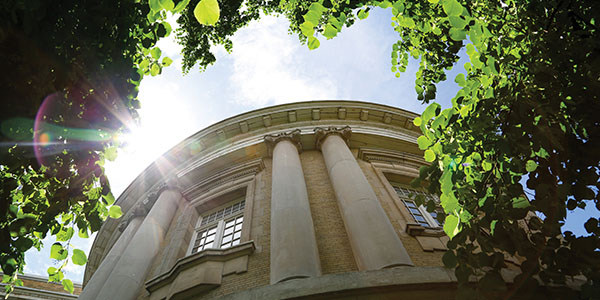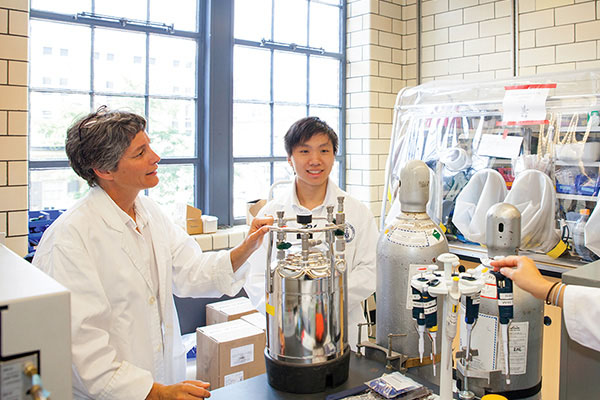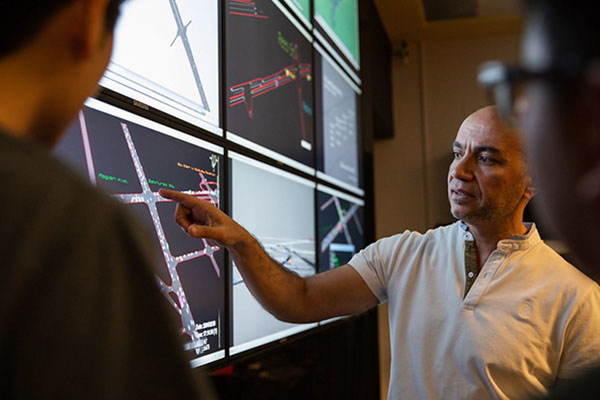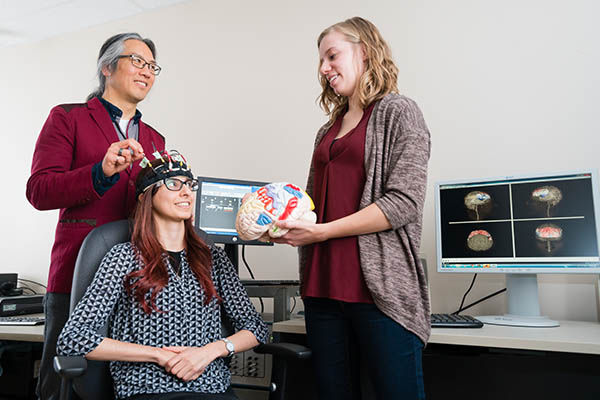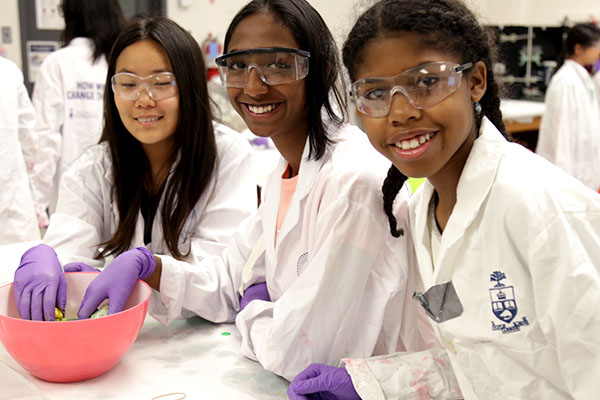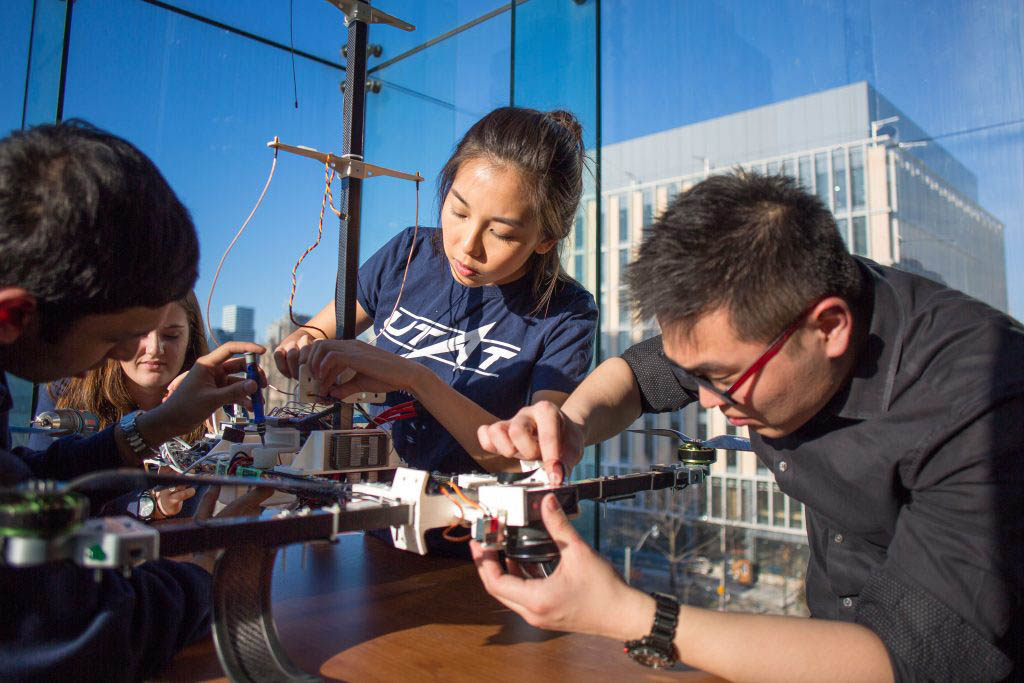

Title: Advances in Organ-on-a-Chip Engineering
Presenter: Milica Radisic
Host: N/A
Date: February 8, 2022
Time: 12:00pm – 1:00pm
Meeting Link: https://us02web.zoom.us/j/83703247484?pwd=YmlCVUFpUEMyZFFtUm5Jbk5TYVlTQT09
Abstract:
Recent advances in human pluripotent stem cell (hPSC) biology enable derivation of essentially any cell type in the human body, and development of three-dimensional (3D) tissue models for drug discovery, safety testing, disease modelling and regenerative medicine applications. However, limitations related to cell maturation, vascularization, cellular fidelity and inter-organ communication still remain. Relying on an engineering approach, microfluidics and microfabrication techniques our laboratory has developed new technologies aimed at overcoming them.
Since native heart tissue is unable to regenerate after injury, induced pluripotent stem cells (iPSC) represent a promising source for human cardiomyocytes. Here, biological wire (Biowire) technology will be described, developed to specifically enhance maturation levels of hPSC based cardiac tissues, by controlling tissue geometry and electrical field stimulation regime. I will describe new applications of the Biowire technology in engineering a specifically atrial and specifically ventricular cardiac tissues, safety testing of small molecule kinase inhibitors, potential new cancer drugs, modelling of left ventricular hypertrophy using patient derived cells and studying the effects of covid19 on the heart.
For probing of more complex physiological questions, dependent on the flow of culture media or blood, incorporation of vasculature is required, most commonly performed in organ-on-a-chip devices. Current organ-on-a-chip devices are limited by the presence of non-physiological materials such as glass and drug-absorbing PDMS as well as the necessity for specialized equipment such as vacuum lines and fluid pumps that inherently limit their throughput. An overview of two new technologies, AngioChip, inVADE and h-FIBER will be presented, that overcome the noted limitations and enable engineering of vascularized liver, heart and kidney as well as studies of cancer metastasis. These platforms enable facile operation and imaging in a set-up resembling a 96-well plate. Using polymer engineering, we were able to marry two seemingly opposing criteria in these platforms, permeability and mechanical stability, to engineer vasculature suitable for biological discovery and direct surgical anastomosis to the host vasculature.
Finally, I will discuss the importance of incorporating naturally fractal cues, in a platform termed miCRAFT, and designed to increase the fidelity of branching architecture of kidney podocytes.



